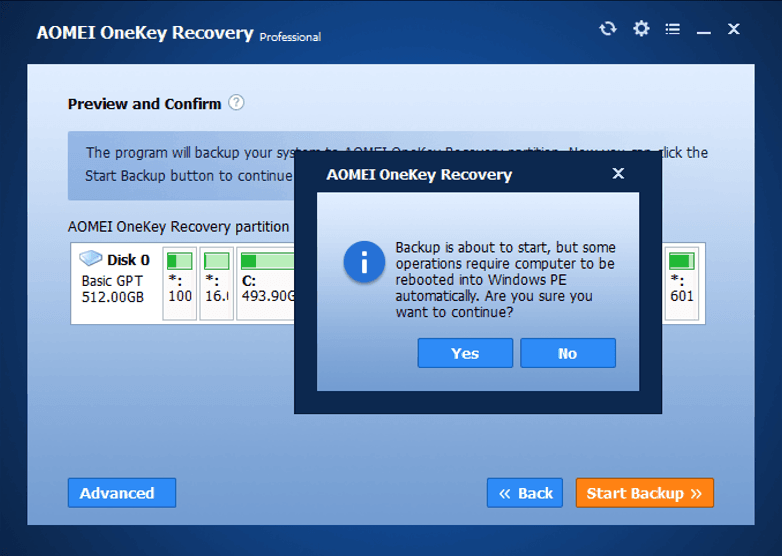

- Using ghost 3.1 to build winpe environment how to#
- Using ghost 3.1 to build winpe environment drivers#
- Using ghost 3.1 to build winpe environment manual#
- Using ghost 3.1 to build winpe environment software#
- Using ghost 3.1 to build winpe environment iso#
winpe.wim is a base Windows PE image file which we can customize as desired.efisys_noprompt.bin is used instead of etfsboot on IA64 systems.efisys.bin is used instead of etfsboot on systems that boot using Extensible Firmware Interface (EFI).etfsboot is a program we can use to create the boot sector for our Windows CD.\mount folder is an empty folder where we will mount our image using DISM.exe so we can service it.
Using ghost 3.1 to build winpe environment iso#
iso file of Windows PE that we can burn to a CD \ISO folder contains the files needed to build an.The folders and files in the root of our build folder are as follows: Let us examine the build environment in Windows Explorer (Figure 3): The output of the command is shown in Figure 2:įigure 2: Creating a folder to contain the build environment This folder will be used to contain our build environment. Here \BUILDPE is a folder that will be created on the root of C: drive on our technician computer. The Deployment Tools Command Prompt opens (Figure 1): Then click Start, All Programs, Windows AIK, right-click on Deployment Command Prompt and select Run As Administrator. To create the Windows PE 3.0 build environment, log on to a technician computer on which Windows AIK 2.0 has been installed.
Using ghost 3.1 to build winpe environment how to#
To learn how to build Windows PE 2.1 (Windows Vista SP1 and later) see my earlier article titled Deploying Vista – Part 11: Working with Windows PE. The steps for building a custom Windows PE image have changed in Windows 7 from Windows Vista. Then, using this CD you can boot a bare-metal system, run the script, and display the system's UUID. Now, you can of course run this script on a computer that has a Windows operating system installed, but how can you determine the UUID of a bare-metal system, that is, a computer that has no operating system? The simple answer is to build a Windows PE "tools" CD that includes the script. The reason you may want to do this is because you wish to use the MDT database to customize the deployment of Windows 7 based on the UUID of each target computer (see Part 16 of this series for how to do this). In Part 18 of this series you learned how to create a WMI script that can be used to determine the UUID of a computer. I am the lead author for this Resource Kit and I also maintain the Unofficial Support Site for the Windows 7 Resource Kit with answers to questions posted by readers, as well as links to the latest resources on Windows 7 deployment, administration and troubleshooting. You can find more information about automating LTI deployment in the Windows 7 Resource Kit from Microsoft Press.
Using ghost 3.1 to build winpe environment software#
Using ghost 3.1 to build winpe environment drivers#
Deploying Windows 7 - Part 27: Managing Drivers – Tips and Tricks.Deploying Windows 7 - Part 26: Managing Drivers – By Make and Model.Deploying Windows 7 - Part 25: Managing Drivers – Selection Profiles.Deploying Windows 7 - Part 24: Managing Drivers – Issues and Approaches.Deploying Windows 7 - Part 23: Managing Drivers – Introduction.Deploying Windows 7 - Part 22: Bulk Populating the MDT Database Using PowerShell.Deploying Windows 7 - Part 21: Securing MDT (Part 2).Deploying Windows 7 - Part 20: Securing MDT (Part 1).Deploying Windows 7 - Part 18: Determining the UUID of a Computer.Deploying Windows 7 - Part 17: Deploying Applications Based on Make and Model.

Deploying Windows 7 - Part 16: Using the MDT Database.Deploying Windows 7 - Part 15: Configuring the MDT Database.Deploying Windows 7 - Part 14: Automated Migration from XP.
Using ghost 3.1 to build winpe environment manual#



 0 kommentar(er)
0 kommentar(er)
